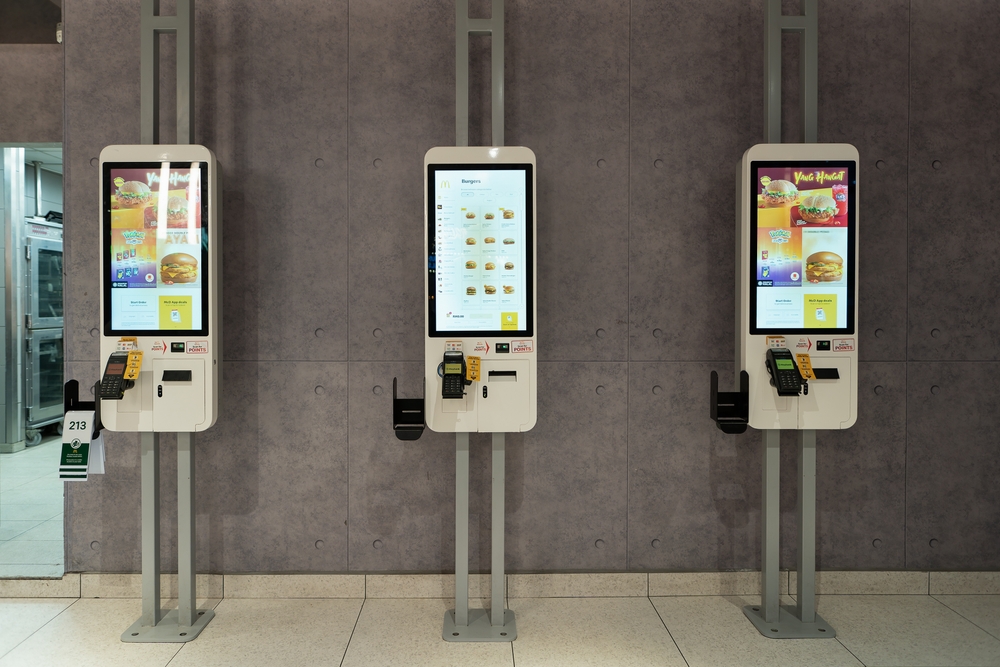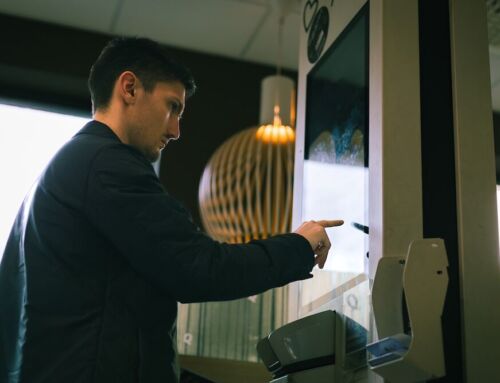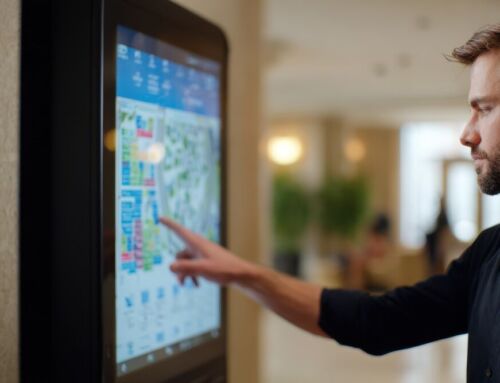Things are tough out there for business owners. Just as you think that one disruptive influence or inflationary pressure is starting to ease, something else comes along to take its place. Consumer confidence is low, businesses are having to watch their margins like a hawk.
We get it. Customers looking to buy Acante kiosks all share the same concerns. They’re more cautious about what they spend than ever. They know all the benefits self-service promises. But given the bigger economic picture, they have to be sure they’re going to get strong returns before they commit.
Kiosks have a great story to tell when it comes to ROI. From helping to reduce queues and increase sales throughput in supermarkets to increasing average order values in QSRs, kiosks are consistently associated with positive financial outcomes.
But adopting kiosks is still an investment, it still requires the allocation of funds that are increasingly tight. So caution is perfectly understandable.
If you’re wavering with whether now is the right time to take the leap, perhaps the following will help. Because there are ways and means of making sure you don’t just get the average returns possible for a kiosk, or worse. There are things every operator can do to push ROI to the very max.
Want to know what they are? Of course you do. Here’s what you need to know.
A kiosk’s for life
The first thing you have to do is understand what a kiosk will really cost. Hint – that doesn’t just mean the up-front purchase cost. It means the total cost of ownership (TCO). That is, every penny a kiosk will cost you from the moment you agree the purchase to the moment you dispose of it. Yes, that includes the purchase cost. But also installation costs, software costs, energy costs, repair costs, the cost of any training your staff need to use it properly.
Only when you consider the operating costs as well as the capital costs can you get a true reflection of ROI. When you do this, and compare TCO against the forecast returns a kiosk will deliver over a number of years, something curious emerges. In a lot of cases, the cheaper the kiosk, the worse the projected ROI will be.
Yes, we’re saying what you think we’re saying. Sometimes, you have to spend more to get a better ROI. It sounds crazy. But there are some very good reasons why this is true.
The crux of it is that you pay for quality. That means both performance quality and build quality. Now you might ask, yes, a higher spec kiosk might run X per cent faster, but is that really going to make enough of a difference to sales to show up in ROI calculations? But really, it’s all about reliability and longevity. And that’s where performance and build quality align to genuinely make a difference to your bottom line.
A high-performing, well-built kiosk will stand up to continuous use day in, day out for longer without any drop-off in performance. You won’t get as many glitches or outages that lead to lost sales or disgruntled customers who don’t come back. You won’t have to repair them as often, which is a direct cost saving. Some cheaper kiosks are not always built with easy repair in mind. So you pay less up front, but you end up replacing your kiosk sooner. That means you end up spending more.
Better quality kiosks also tend to be more energy efficient. They use more sophisticated, low-power but high-output processors. Or they might have smart power management systems built into them. When you are running a kiosk eight hours or more a day, energy consumption costs rack up.
In summary, then, a realistic lifetime cost analysis for a kiosk will warn you against scrimping on what you pay up front. Yes, it’s always tempting. But glitchy performance, more frequent repairs, higher energy consumption and the eventual need to be replaced sooner all add up to higher costs that will drag your ROI down. It’s what you call a false economy.
So be cautious about how you invest your money in these challenging times by all means. Do your due diligence on any tech you consider buying. But if you want to be certain of your returns, the smart decision is to invest in quality.




